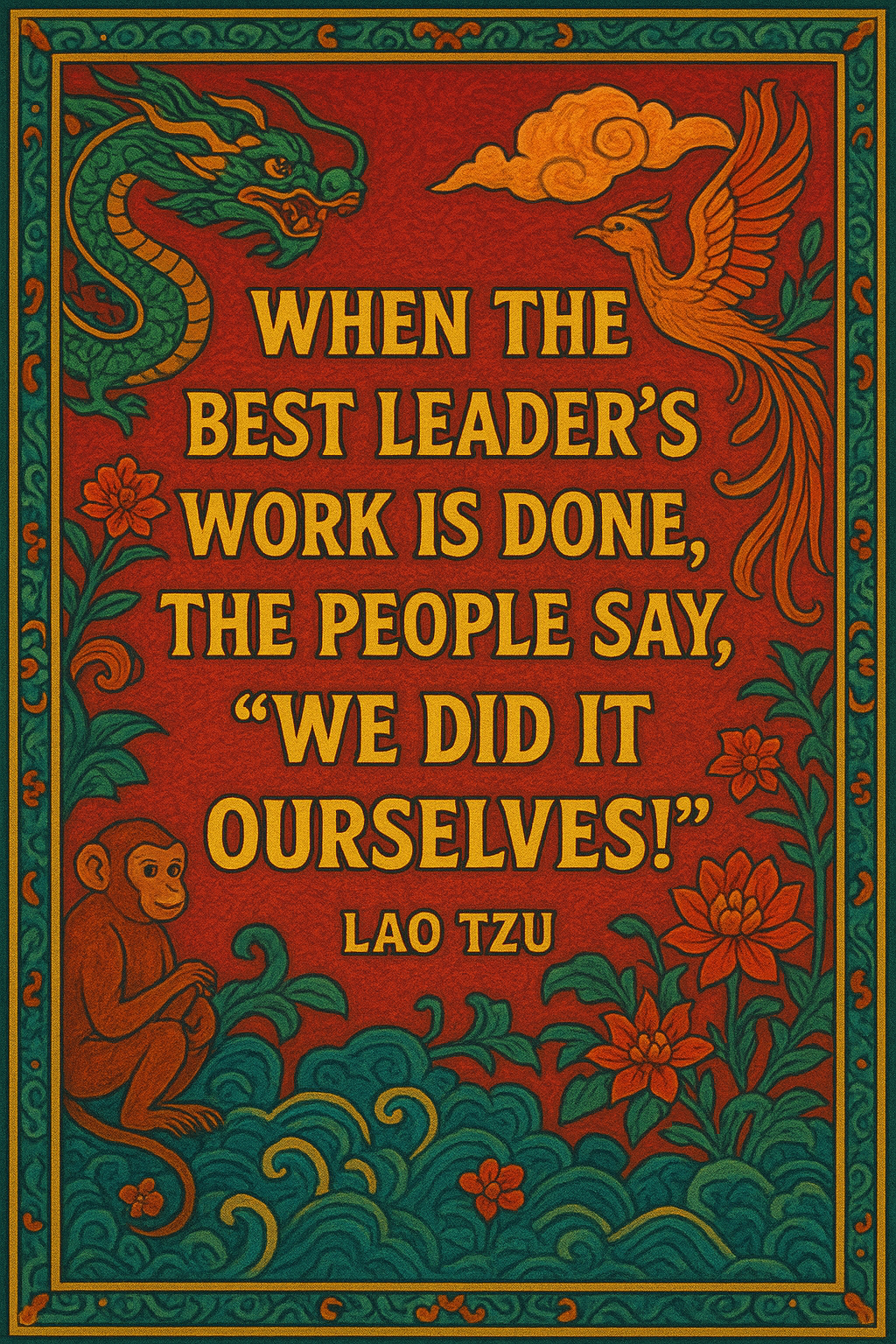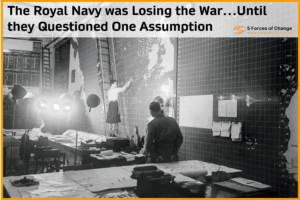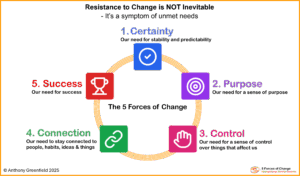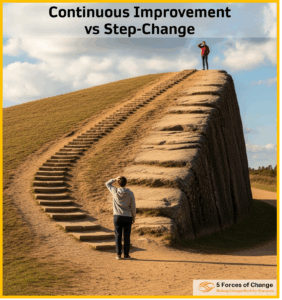“When the best leader’s work is done, the people say, ‘We did it ourselves!'” – Lao Tzu. This 2,500-year-old observation from the ancient Chinese philosopher Lao Tzu remains one of the most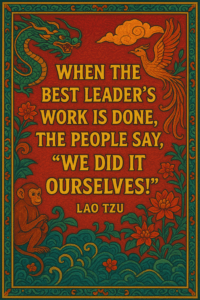 profound insights into effective leadership. It’s particularly relevant when guiding organisations through periods of significant change. The Art of Invisible Leadership in Organisational Change.
profound insights into effective leadership. It’s particularly relevant when guiding organisations through periods of significant change. The Art of Invisible Leadership in Organisational Change.
The traditional image of a change leader often centres on a charismatic figure at the front of the room, presenting compelling visions and rallying troops towards a bold new future. Whilst there’s certainly a place for inspirational communication, the most successful and sustainable transformations happen when leaders make a conscious choice to fade into the background rather than dominate the spotlight.
The Paradox of Invisible Leadership
The central paradox is this: the less visible you are in the success story, the more successful the change becomes. When employees believe they’ve driven the transformation themselves, something remarkable happens. Resistance diminishes, engagement increases, and the change doesn’t just get implemented—it gets owned, improved, and sustained long after any formal change programme has concluded.
This isn’t about leaders abdicating responsibility or failing to provide direction. Rather, it’s about recognising that genuine, lasting change happens from the inside out, not the top down.
Five Principles for Leading Change the Lao Tzu Way
Build Ownership, Not Dependency
The quickest way to create resistance is to hand people a fully formed solution and expect compliance. Instead, involve your people in co-creating the vision for change. When employees help design the transformation, they develop a vested interest in making it work. They see their fingerprints on the solution, and that sense of authorship is infinitely more powerful than any mandate from above.
Equip, Don’t Control
Your role as a change leader isn’t to have all the answers or to micromanage every decision. It’s to provide the tools, resources, and psychological safety that people need to navigate uncertainty effectively. Create the conditions for success, then demonstrate trust by stepping back and allowing your teams to find their own solutions. This builds both capability and confidence.
Ask Questions, Don’t Give Answers
“What obstacles are you encountering?” “How might we approach this differently?” “What would success look like from your perspective?” Great change leaders are master facilitators rather than master directors. By asking powerful questions, you help people discover insights they wouldn’t have found if you’d simply told them what to think. You’re developing their problem-solving muscles, not just solving today’s problem.
Celebrate Their Wins, Not Your Strategy
When milestones are achieved, resist the temptation to take credit for the strategic brilliance of your change plan. Instead, shine the spotlight squarely on the teams who delivered results. Recognise specific contributions, share their stories, and amplify their voices. Their sense of accomplishment becomes the fuel that drives momentum into the next phase of the transformation.
Make Yourself Gradually Unnecessary
Perhaps the ultimate measure of successful change leadership isn’t how indispensable you become during the transformation, but how capable and confident your organisation becomes without you. If the change falls apart the moment you step away, it was never truly embedded. But if the organisation continues to evolve and improve independently, you’ve achieved something genuinely sustainable.
The Real Test of Leadership
This approach requires a particular kind of ego strength—the confidence to let others take credit, the patience to let people learn through experience rather than instruction, and the wisdom to know when to guide and when to get out of the way.
It’s not always easy, and it’s rarely as immediately gratifying as being the visible hero of the transformation story. But it’s what separates change initiatives that fade from those that flourish.
The Art of Invisible Leadership in Organisational Change.

